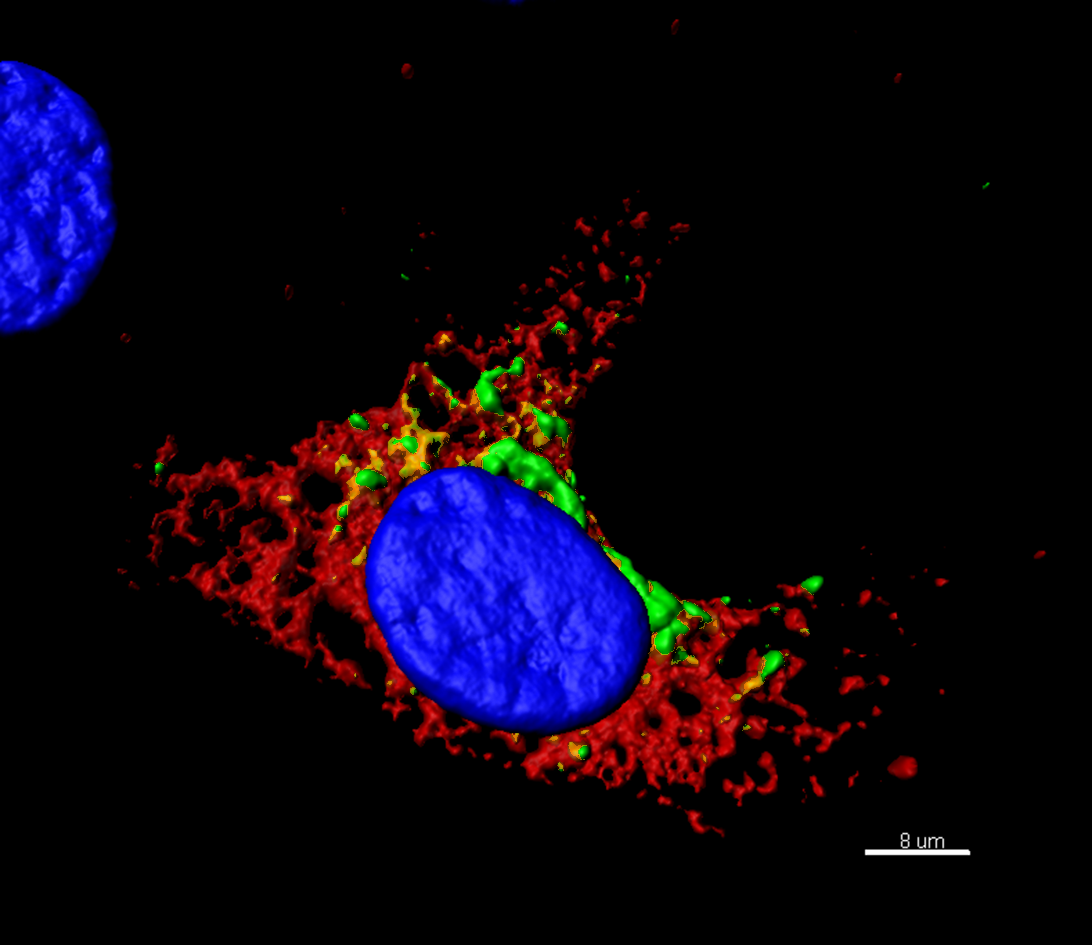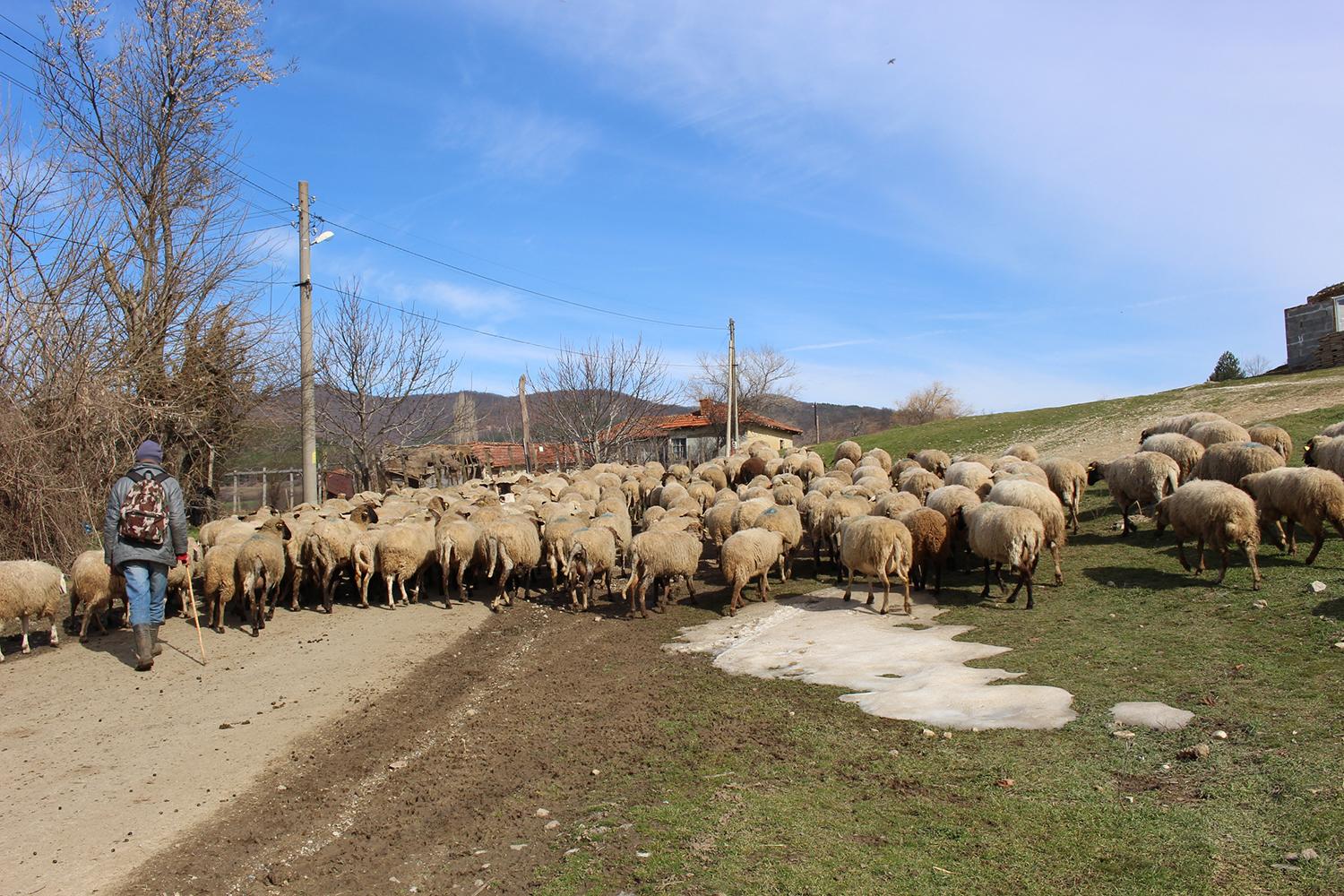Nairobi sheep disease virus (NSDV) infects sheep and goats and is transmitted by ioxdid ticks. The virus causes Nairobi sheep disease.
The primary vector is the tick Rhipicephalus appendiculatus, but it can be transmitted through other ticks such as R. pulchellus, R. simus, and Amblyomma variegatum.
NSD is found in East and Central Africa and southern Asia.
Clinical signs
High morbidity and mortality are seen in naïve animals, although goats tend to have less severe clinical signs than sheep. Young animals in endemic areas develop immunity to the virus from maternal antibodies.
- Fever
- Reduction in white blood cells
- Rapid respiration
- Anorexia
- Profound depression
- Diarrhoea
- Drop in body temperature
- Pregnant animals frequently abort
- Death - in some cases within 12 hours of the onset of the fever
Virology
The virus belongs to the Orthonairovirus genus of the Nairoviridae family of the order Bunyaviridae. NSDV has a single-stranded RNA genome, that is surrounded by a capsid and an envelope.
Pirbright's research on Nairobi sheep disease virus
Research at the Institute is ongoing to discover how NSDV causes disease in the host, using NSDV as a model to study other nairoviruses with zoonotic potential, such as Crimean Congo haemorrhagic fever virus.
Effort is also going into determining how NSDV interferes with host defences and testing whether prior exposure to related nairoviruses reduces transmission potential and disease severity. This information will be used to inform vaccine development.

